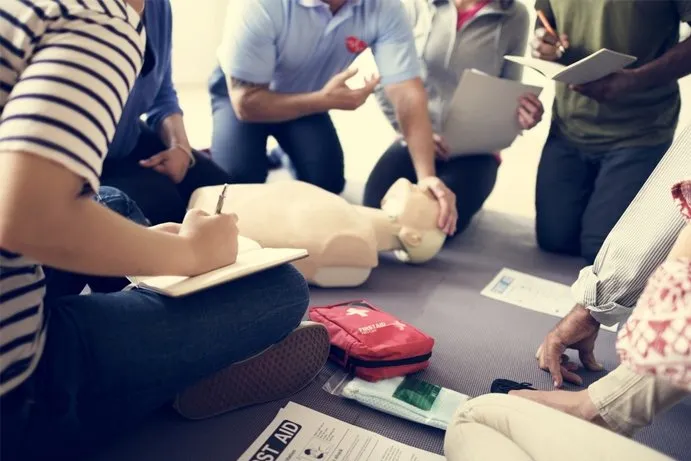What would you do if someone near you suddenly stopped breathing? Emergencies can happen anytime and anywhere.
In those critical moments, knowing what to do can make all the difference. CPR and first aid skills are not just for doctors or paramedics.
These life-saving techniques are easy to learn and incredibly valuable. From treating wounds to reviving someone, the basics can save lives.
This blog will show the key CPR and first aid skills everyone should know, so you’ll feel more prepared during unexpected situations. Read on!
Recognizing an Emergency
Knowing when help is needed is the first step in saving a life. Look for signs like someone collapsing, trouble breathing, or severe bleeding.
Always stay calm and check if the scene is safe before stepping in. Call emergency services immediately if the person is unconscious or in danger. Quick thinking in the first few moments can lead to better outcomes.
How to Perform Chest Compressions
Chest compressions help keep blood flowing when the heart stops. Place the heel of one hand in the center of the chest and push hard and fast.
Aim for about 100 to 120 compressions per minute, allowing the chest to rise between pushes. Do not stop until emergency help arrives or the person starts breathing again. These actions give a person a better chance at survival.
Rescue Breathing Techniques
Rescue breathing gives oxygen to someone who isn’t breathing but still has a heartbeat. First, tilt the head back to open the airway.
Pinch the nose and breathe into the mouth, watching for the chest to rise. Give one breath every 5 to 6 seconds if the person is an adult. Continue breathing and watch for changes in their condition.
Stopping Severe Bleeding
Heavy bleeding needs fast action to prevent shock or death. Use a clean cloth or bandage to press directly on the wound.
If possible, wear gloves to protect both yourself and the injured person. Keep pressure steady until the bleeding slows down. If the bleeding continues, add more layers without removing the first one.
Managing Shock
Shock is a life-threatening condition that can follow an injury or sudden illness. Symptoms include pale skin, rapid breathing, and confusion.
Keep the person lying down and raise their legs slightly if there are no injuries. Cover them with a blanket to maintain warmth and wait for help. Staying calm and offering comfort can also help lower stress.
Burns, Broken Bones, and Choking
For burns, cool the area under running water for at least 10 minutes. Cover it with a clean, dry cloth and avoid popping any blisters.
For broken bones, keep the injured area still and do not try to straighten it. Support it with a splint if available. For choking, perform the Heimlich maneuver by giving quick abdominal thrusts.
Always call for help if the person can’t speak or breathe. In many training programs, the phrase CPR/First Aid + Bloodborne Pathogens is used to highlight the importance of protecting yourself while helping others, especially when dealing with bodily fluids.
Learning CPR and First Aid Skills for Emergencies
Getting trained in CPR and first aid is one of the best ways to be ready for anything. It’s not hard to learn these skills, but they make a big difference when someone needs help.
Helping someone, whether they are a family member or a stranger, could save their life. In times of trouble, knowing what to do can also help calm people down. Anyone can become a lifesaver with a little time and work.
Did you like this guide? Great! Please browse our website for more!


